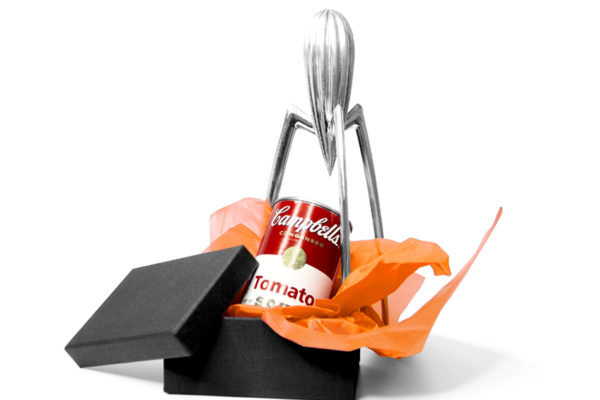
Keep it simple, stupid
Technology, digitalisation, fast fashion, low cost, e-commerce, industry 4.0, full service, on time, in full, omnichannel, lean management, resiliency… managers eat, sleep and breath these words every day as a mantra for their businesses.
who has the crystal ball to predict the future and forecast the characteristics of innovation?
What is innovative nowadays?
In particular, what do innovative and profitable look like together?
When we talk about innovation, we should differentiate between two concepts, capacity for innovation and the ability to innovate.
The first has to do with the ability to acquire technologies, equipment and other assets that help a company grow. It has to do with investment capacity, basically.
Nevertheless, investment capacity alone is not enough to create something new, meaningful and sustainable for clients.
The ability to innovate has nothing to do with budgets or investments, it’s something less “tangible” and, as a consequence, it’s more difficult to assimilate and carry out. It implies that a company should change the services offered to its customers, proposing new experiences for them and building a better business model that could be adapted to new market needs.
KISS is an acronym for Keep It Simple, Stupid or Keep It Super Simple, if you prefer to be more “polite”. In engineering and industrial design, it means that the simpler a design is, the more effective it will be.
The “Keeping it simple” philosophy is not easy at all, because we usually spend more time thinking, reading, planning, and designing than taking action.
Some years ago, Nokia invented the modern smartphone, launching the touchscreen technology on the market two years before Apple did. Nevertheless, Nokia was not able to implement a user-friendly design to enhance this technology, and it failed.
Luckily, I work in a team that thinks innovation competence and capability should go hand in hand, in order to achieve much more value for our clients but, at the same time, with less effort and gaining more profits.
Our pillar for innovation and growth are services and productivity. We are aware that, nowadays, supply chains have to be agile, close, and effective.
Adopting the KISS approach implies that a company should be more creative when it has to design new systems and processes. Moreover, the company should have a deep understanding of its clients and what they really need from you.
The first step should be a cultural corporate transformation, aimed at simplifying processes and tasks. As a consequence, the company would have more time to communicate with its clients in a more personal way.
Then, the company should equip themselves with the right technologies to be more agile without losing quality.
In the 21st century, innovation lies in knowing how to combine technology and humanism. And making it look simple.
Many years ago, Leonardo Da Vinci said:
Simplicity is the ultimate sophistication
And we could not agree more.
Carmen Yago
Creative & Strategist Marketing at Salinas Packaging Group




